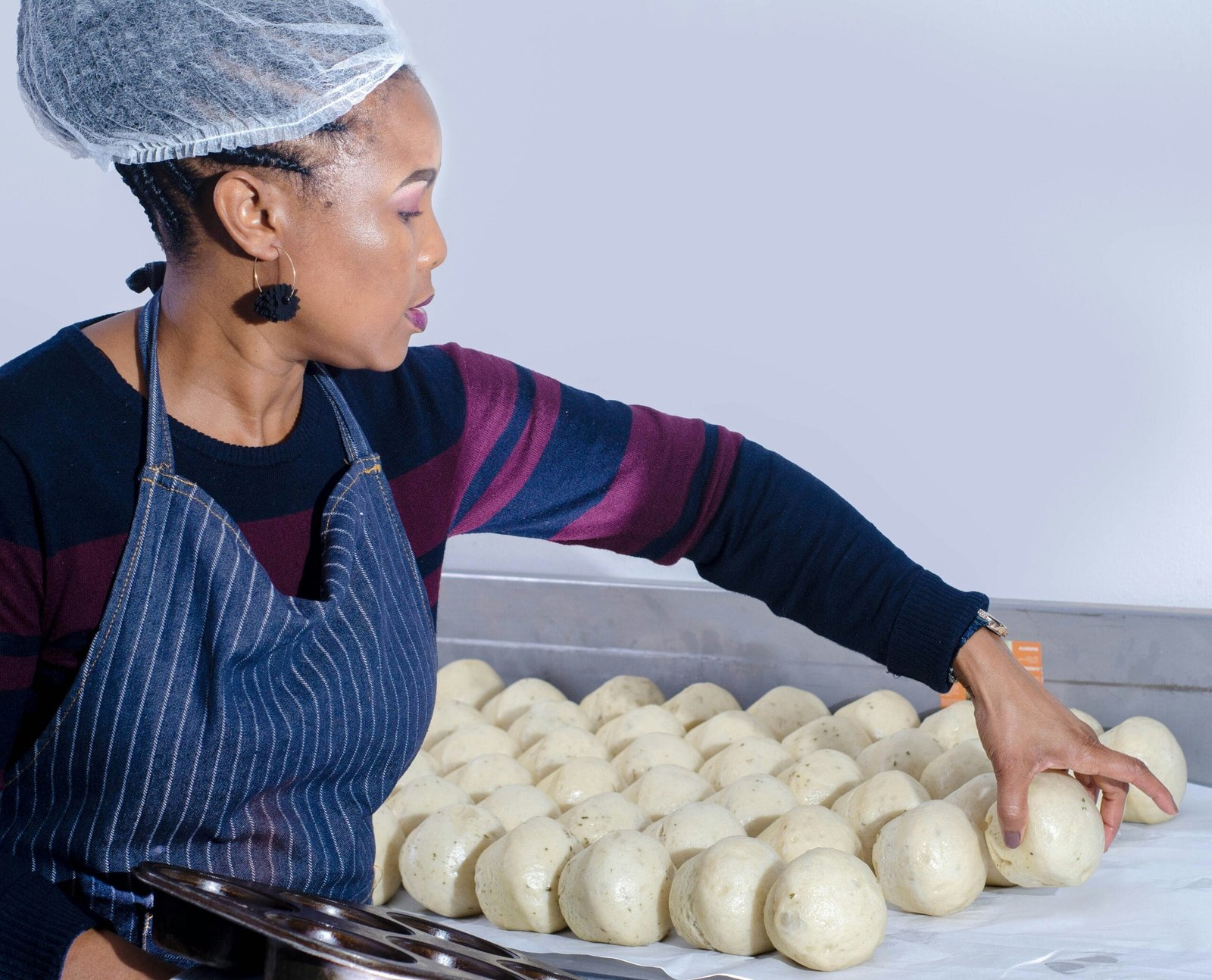The Beloved Momo: A Culinary Journey Through Himalayan Dumplings
Introduction to Momos: Origins and Cultural Significance Momus, a dish often characterized by its delightful combination of a thin dough wrapper and a savory filling, holds significant historical and cultural…
Exploring Momos: The Beloved Dumplings of Tibetan and Nepalese Cuisine
A Brief History of Momos Momos, the delightful dumplings that have captured taste buds around the world, find their origins deeply rooted in Tibetan cuisine. Historians trace the inception of…

